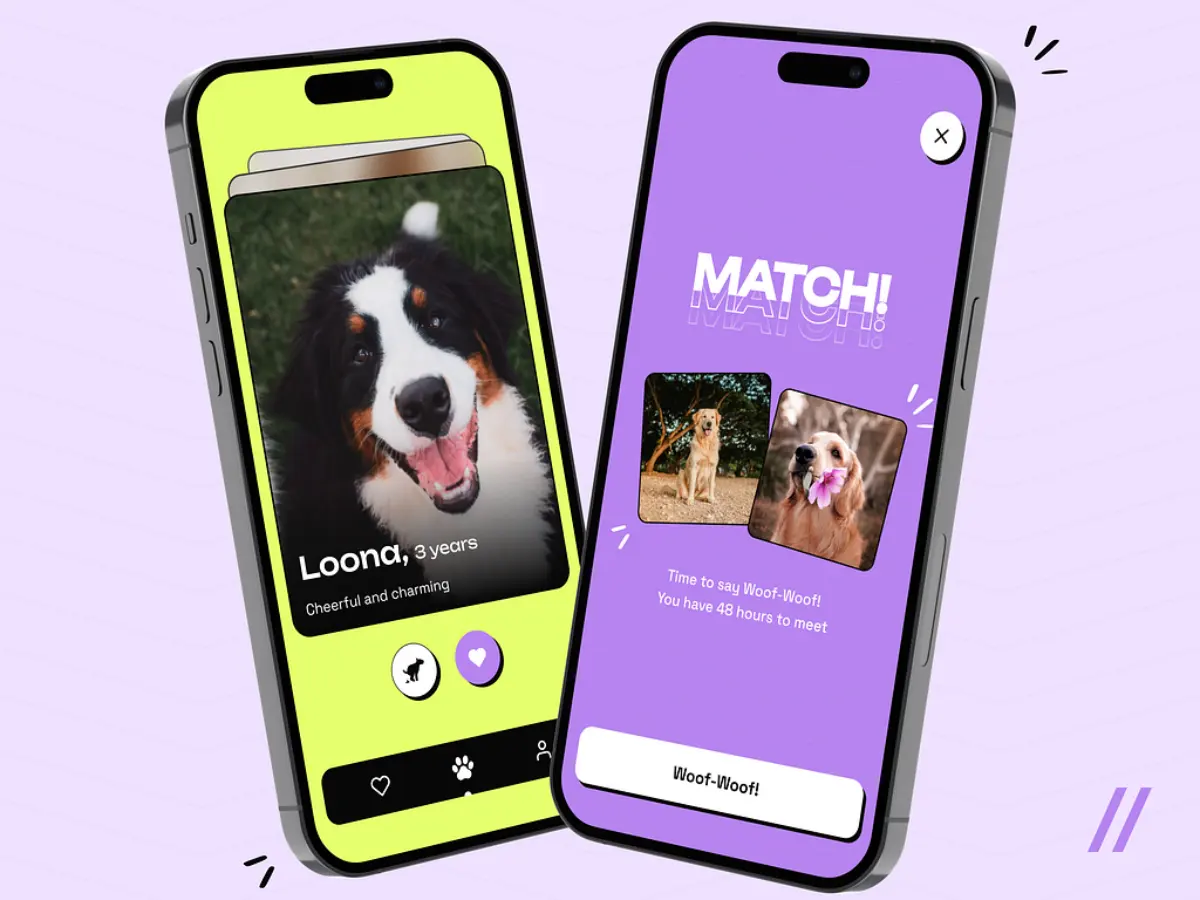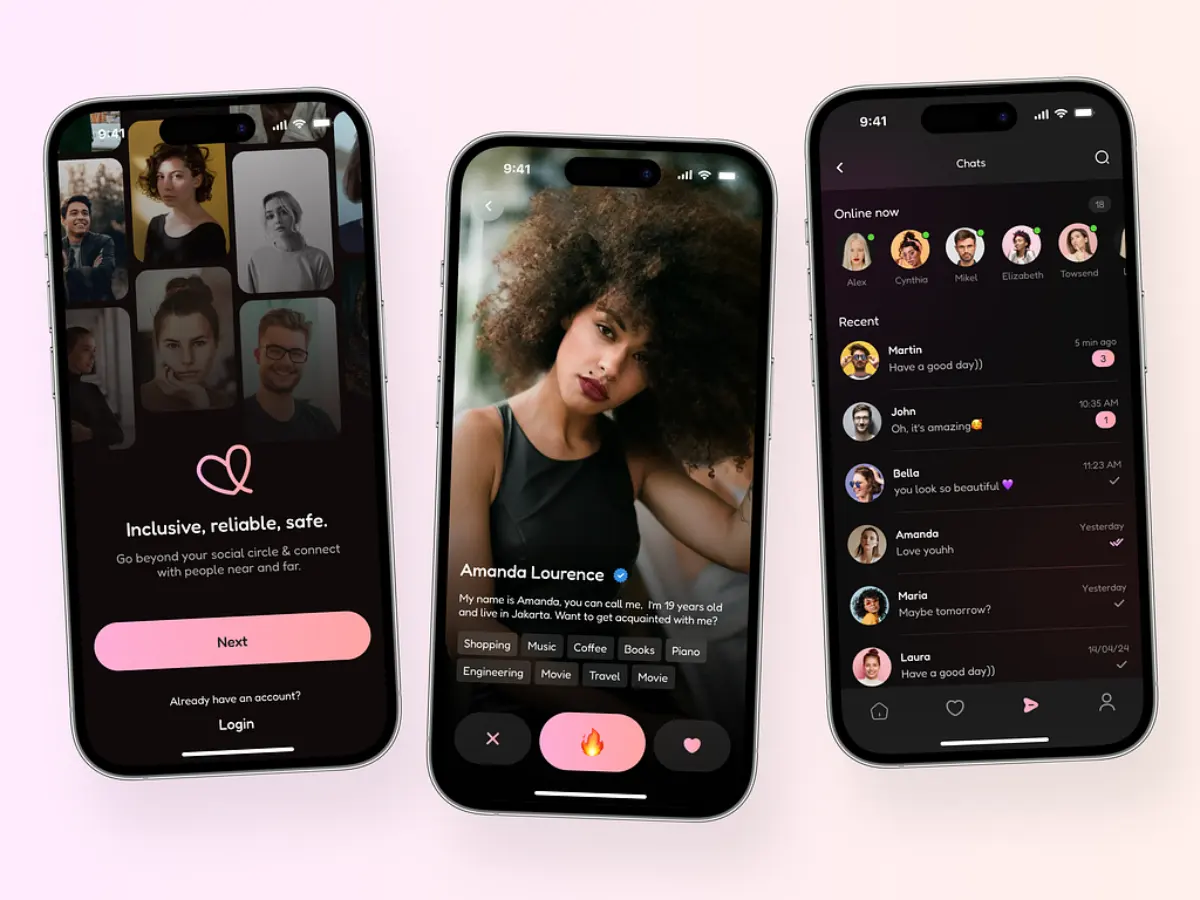Auto-GPT vs. Chat-GPT: Is Auto-GPT the Future of AI?


Artificial intelligence technologies have revolutionized our thinking, working, and engaging with technology. In recent years, AI language models have seen swift advancements. Auto-GPT and ChatGPT stand out as prominent language models built on AI technology, finding applications even in education.
But between Auto-GPT vs ChatGPT, which one is more effective? Today, we’ll explore their differences and strengths.
ChatGPT is a chatbot that utilizes a large language model, “Generative Pre-trained Transformer” (GPT), developed by OpenAI. It’s designed to understand and generate human-like text based on the input it receives. ChatGPT can execute many tasks, such as responding to inquiries, providing explanations, developing creative content, and conversing with users.

ChatGPT
Its ability to process and produce text conversationally makes it a versatile tool for customer service, education, content creation, and other applications. The model undergoes training with a wide range of text from the internet, enabling it to understand and respond to various topics.
ChatGPT’s abilities:
Want to know more about ChatGPT? Check these articles:
Auto-GPT is an experimental, open-source AI tool built on the GPT-4 language model. It’s designed to execute tasks to fulfill a broader user-defined goal autonomously.
This tool simplifies interacting with chatbots like ChatGPT by automating the sequence of prompts usually needed. Users give a single prompt or a set of instructions in natural language. Auto-GPT divides this goal into smaller tasks to achieve the final objective.
Developed by Toran Bruce Richards, Auto-GPT can be downloaded from GitHub. To operate, it must be set up in a containerized development environment like Docker and connected to OpenAI’s API key.

Auto-GPT
Auto-GPT can be utilized similarly to ChatGPT, but it speeds up those tasks through automation. It connects to the internet, allowing it to access up-to-date information. Here are some tasks Auto-GPT is capable of:
Have a Project Idea in Mind?
Get in touch with’s experts for a free consultation. We’ll help you decide on next steps, explain how the development process is organized, and provide you with a free project estimate.
|
Feature/Aspect |
AutoGPT |
ChatGPT |
|
Overview |
AutoGPT is designed to perform tasks autonomously by iterating on a problem until a satisfactory solution is found. It combines the capabilities of GPT (Generative Pre-trained Transformer) with an automated, iterative refinement process. |
ChatGPT is a variant of the GPT model fine-tuned to generate conversational human-like text responses. It is optimized for understanding and generating text based on its input. |
|
Core Technology |
Based on the GPT architecture, AutoGPT adds an automation layer to self-direct its learning process and task execution. This includes setting goals, generating hypotheses, and evaluating outcomes. |
Based on the GPT architecture, specifically designed and fine-tuned for conversational AI, making it adept at understanding context, generating responses, and maintaining a dialogue flow. |
|
Use Cases |
AutoGPT is suited for tasks that benefit from iterative refinement, such as code debugging, creative writing, or complex problem-solving, where multiple steps are required to reach a solution. |
ChatGPT is primarily used for conversational applications, including customer service bots, virtual assistants, tutoring systems, and any scenario requiring natural language understanding and generation. |
|
Iteration Capability |
AutoGPT’s defining feature is its ability to iteratively work on a task, using its outputs as new inputs until it meets predefined criteria or improves upon the previous attempts. |
ChatGPT does not inherently iterate on tasks in the same autonomous way. It responds to each input as a new instance, relying on the user to guide the conversation or task progression. |
|
Autonomy |
High. AutoGPT is designed to operate independently, making decisions about the steps it takes to achieve its goals. |
Moderate. While ChatGPT can generate detailed and contextually relevant responses, it operates within the scope defined by user inputs. It does not autonomously define goals or tasks. |
|
Customization |
AutoGPT can be customized to tackle specific tasks through programming and defining the parameters of its iterative process. |
ChatGPT can be customized regarding its training data and fine-tuning parameters to suit specific conversational needs or knowledge domains better. |
|
Interactivity |
AutoGPT’s interactivity focuses more on task completion and less on real-time user interaction. |
High. ChatGPT is designed for interactive use, engaging users in conversations, answering questions, and providing information dynamically. |
|
Learning Approach |
AutoGPT learns by doing, refining its approach through successive iterations and feedback on its performance. |
ChatGPT learns from its vast training data and fine-tuning processes, improving over time as it is exposed to more examples and user interactions. |
|
Output Evaluation |
AutoGPT evaluates its outputs based on predefined success criteria or metrics, adjusting its approach accordingly. |
ChatGPT relies on external feedback (user responses, upvotes/downvotes, etc.) to gauge the appropriateness or success of its outputs. |
|
Potential for Creativity |
High, especially for tasks that benefit from exploration and iteration, such as writing or design. |
High, particularly in generating creative text, though it may require more guidance to stay on task or within creative bounds set by users. |
|
Implementation Complexity |
Potentially high, as setting up AutoGPT to work autonomously on specific tasks can require careful planning and parameter setting. |
Moderate to high, depending on the application. Implementing ChatGPT for conversational interfaces can be straightforward, but fine-tuning for specific domains or purposes can add complexity. |
Choosing between ChatGPT vs Auto GPT depends on your specific needs and the nature of your project. If your goal is to have a model that engages in conversation and responds to prompts like a human, ChatGPT might be your go-to. However, Auto-GPT could be the better choice for generating coherent text that fits a wide range of topics.

Auto-GPT vs. Chat-GPT
Consider this: If you need human-like responses across many topics, ChatGPT excels. Conversely, Auto-GPT might suit you better if your needs are more focused and task-oriented, as it can be customized to improve accuracy and performance for particular tasks.
Ultimately, the decision between Auto-GPT and ChatGPT depends on the specific demands of your project or use case.
To simplify the decision-making process: think of Auto-GPT as a tool for enhancing business efficiency and decision-making. In contrast, ChatGPT could be more about increasing user engagement and satisfaction. The success of GPT-4 and its language models in advancing various industries highlights the vast potential of AI language models.
The advancements in AI technologies like Auto-GPT and ChatGPT are revolutionizing our interaction with digital systems, offering tailored solutions for many applications. Whether you need Auto-GPT’s broad text generation capabilities or ChatGPT’s conversational AI excellence, the right choice depends on your project’s specific demands.
Navigating the AI landscape can be complex, but TECHVIFY is here to simplify it. With our deep expertise in AI services, we’re ready to help your business leverage the latest AI technology to drive innovation and competitive advantage.
Looking to elevate your business with cutting-edge AI solutions? Contact TECHVIFY today to unlock artificial intelligence’s potential for your unique needs.
TECHVIFY – Global AI & Software Solutions Company
For MVPs and Market Leaders: TECHVIFY prioritizes results, not just deliverables. Reduce time to market & see ROI early with high-performing Teams & Software Solutions.


Table of ContentsAuto-GPT vs. Chat-GPT Definition Explain What exactly is ChatGPT? What is Auto-GPT? How Does Auto-GPT Differ from ChatGPT? Auto-GPT vs ChatGPT: Which is better? Conclusion In the fast-evolving world of online dating, understanding the cost to build a dating app is vital for anyone looking to break into the market. From the initial concept to the final launch, the journey requires careful planning around feature selection, platform compatibility, and user security—each of which plays a critical role in shaping both the app’s functionality and its budget. The online dating market, valued at USD 9.4 billion in 2022, is projected to reach a staggering…
22 October, 2024

Table of ContentsAuto-GPT vs. Chat-GPT Definition Explain What exactly is ChatGPT? What is Auto-GPT? How Does Auto-GPT Differ from ChatGPT? Auto-GPT vs ChatGPT: Which is better? Conclusion You’ve started a business, and now you need a website. But no one on your team knows much about coding, and hiring a full-time web developer just isn’t in the cards right now. Sound familiar? If so, outsourcing your web design might be the perfect solution. Whether you’re a startup building your online presence or an established business looking for a website refresh, outsourcing can help you get there faster and more affordably. In fact, according to the…
21 October, 2024

Table of ContentsAuto-GPT vs. Chat-GPT Definition Explain What exactly is ChatGPT? What is Auto-GPT? How Does Auto-GPT Differ from ChatGPT? Auto-GPT vs ChatGPT: Which is better? Conclusion With much of our communication happening online, it’s no surprise that the dating world has also shifted in the same direction. In 2021, 49 million people in the U.S. alone turned to online dating services—whether to find a serious partner or just enjoy a fun date. The trend became even more pronounced in 2020, as men and women increasingly embraced online dating during pandemic lockdowns and social distancing measures. Additionally, almost half of men and women report that…
18 October, 2024


Thank you for your interest in TECHVIFY Software.
Speed-up your projects with high skilled software engineers and developers.
By clicking the Submit button, I confirm that I have read and agree to our Privacy Policy